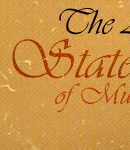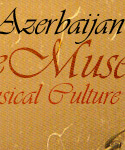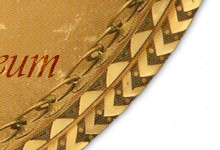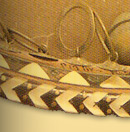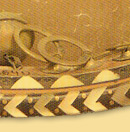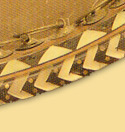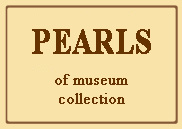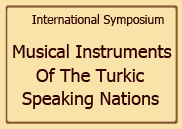Gosha Naghara
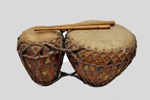
Listen

|
The gosha naghara is one of the most widespread folk percussion instruments.
This instrument is part of ensembles and orchestras of national instruments and
is also used for performing folk music. The gosha naghara has an original timbre
and can even be used as solo instrument.
The gosha naghara consists of two small nagharas of differing sizes, joined
together. Sometimes it is called a “gosha dumbul”. A dumbul is a percussion
instrument that is much like the nagharaOriginally the gosha naghara was made of
clay, and then later of wood and metal. Camel, goat or calf leather is used for
the membrane, which is fitted to the body using metal screws. The screws are
used for tuning the instrument as well. While it is being played, the instrument
is usually placed on the floor or on a special platform. Wooden sticks are used
to play it. The size of the gosha naghara can vary, but as a rule, the two
bodies of the gosha naghara are equal in height, 300-330 mm. One of them is
240-280 mm in diameter, and the other is 110-140 mm.
Boyuk Naghara
The boyuk naghara is also called the “kos naghara” or “wedding naghara” in
some regions of Azerbaijan. This kind of naghara is larger in diameter and
height. The boyuk naghara is never used alone, but always in combination with
the jura naghara. Its technical capabilities are more limited as compared to the
other types of nagharas. The instrument is played on both sides with two wooden
sticks. The large kos naghara is not used nowadays, but a smaller version is
used in ensembles of zurna players. A naghara of this kind is used only in the
open air. The body of the instrument is cylindrical and made of firm wood. The
skin is stretched over the two sides of the body. Its diameter is 400-450 mm,
and its height is 500-550 mm.
|
